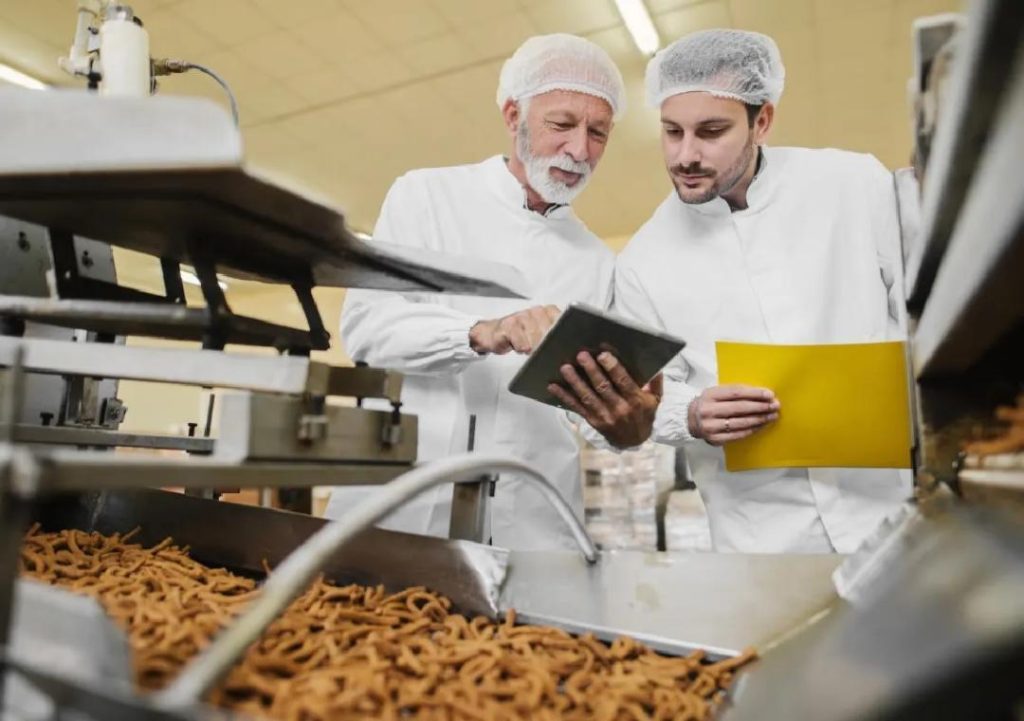
Can P&L Optimisation Redefine Success in Food Technology?
The food technology industry has undergone a significant transformation in recent years, driven by advances in automation, data analytics, and smart inventory systems. These innovative tools have enabled companies to streamline their profit and loss (P&L) operations, leading to improved profitability and sustainable growth. In this blog post, we will explore how P&L optimisation can redefine success in food technology and what strategies companies can adopt to achieve this goal.
The Importance of P&L Optimisation
Profit and loss statements are a crucial aspect of any business, providing valuable insights into a company’s financial performance. In the food technology industry, P&L optimisation is particularly important due to the fast-paced and dynamic nature of the market. With fluctuating demand, seasonal fluctuations, and increasing competition, food tech companies need to be able to adapt quickly to changing market conditions.
By optimising their P&L operations, food tech companies can cut costs, reduce waste, and improve profitability. This is achieved by leveraging data analytics to identify areas of inefficiency, implementing smart inventory systems to streamline supply chain management, and automating processes to reduce manual errors.
Automation and Smart Inventory Systems
Automation and smart inventory systems are key components of P&L optimisation in food technology. These tools enable companies to monitor production, inventory levels, and demand in real-time, allowing for swift adjustments to be made in response to changing market conditions.
For example, a food tech company that uses automated production lines can quickly respond to changes in demand by adjusting production levels to meet customer needs. Similarly, a smart inventory system can help a company identify inventory levels that are below or above optimal levels, enabling them to take corrective action to prevent stockouts or overstocking.
Data Analytics
Data analytics is another critical component of P&L optimisation in food technology. By leveraging data analytics, companies can gain valuable insights into their financial performance, identify areas of inefficiency, and make data-driven decisions.
Data analytics can be used to track key performance indicators (KPIs) such as revenue, costs, and profit margins. This data can then be used to identify trends and patterns, enabling companies to make informed decisions about pricing, production levels, and inventory management.
Scalable Models
Scalable models are essential for food tech companies that want to achieve sustainable growth and remain competitive in the industry. A scalable model allows a company to quickly respond to changes in demand, expand into new markets, and adapt to changing market conditions.
By adopting a scalable model, food tech companies can reduce their dependence on manual processes, automate repetitive tasks, and focus on high-value activities such as product development and customer service. This enables companies to improve their financial performance, increase their market share, and stay ahead of the competition.
Benefits of P&L Optimisation
P&L optimisation offers a range of benefits for food tech companies, including:
- Improved Profitability: By reducing waste, cutting costs, and improving revenue, food tech companies can increase their profitability and improve their financial performance.
- Sustainable Growth: P&L optimisation enables food tech companies to achieve sustainable growth by identifying areas of inefficiency, reducing waste, and improving profitability.
- Increased Efficiency: Automation and smart inventory systems can help food tech companies reduce manual errors, improve productivity, and increase efficiency.
- Better Decision-Making: Data analytics provides valuable insights into financial performance, enabling food tech companies to make data-driven decisions and improve their financial performance.
- Competitive Advantage: By adopting scalable models and leveraging automation and smart inventory systems, food tech companies can gain a competitive advantage in the market and stay ahead of the competition.
Conclusion
P&L optimisation is a critical component of success in the food technology industry. By streamlining P&L operations, food tech companies can cut waste, reduce costs, and improve profitability. Automation, smart inventory systems, and data analytics are key tools that enable companies to achieve this goal.
By adopting scalable models and leveraging these tools, food tech companies can redefine success in the industry and achieve sustainable growth. Whether you’re a startup or an established player, P&L optimisation is essential for achieving success in the food technology industry.
News Source:
https://www.growthjockey.com/blogs/p-and-l-operations-in-food-tech






